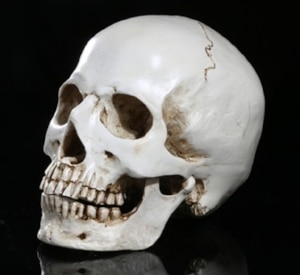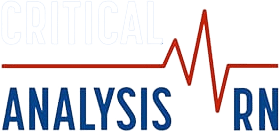In an earlier blog post I addressed concussion and the specifics of brain injury. This blog post focuses on a related topic: skull fractures. This broad term represents an extensive list of 20 specific types of fracture, each with its own etiology (cause) and description. Most fractures can indicate a fall, motor vehicle collision, or other impact to the skull, but some connote assault. Determining the potential cause of a skull fracture can be an important factor in your case. Use the following list to help sort the complexities of skull fracture.

| Type of Fracture | Fracture Description | Fracture Etiology/Causes |
| Basilar | Linear fractures on the skull floor (base) | Multiple etiology |
| Blowout | Fracture of the floor of medial wall of the orbit (eye bone) into the sinuses; orbital rim is intact | Sudden blow to the eye pushes the intact globe (eyeball) back into the orbit |
| Comminuted | Multiple fragmentation due to crushing injuries | Low velocity/high impact |
| Coup | At the site of impact | Direct force |
| Contrecoup/Remote | Away from the impact site | Crushing injuries; indirect force transmitted through the moving brain |
| Closed/Simple | Skin is not broken or cut; no exposure to external environment | Multiple etiology |
| Dentoalveolar | Separation of mandibular fragment that may contain teeth | Direct force applied anteriorly or laterally |
| Depressed | Inward displacement of bony fragments | Affects children under three years |
| Diastatic | Occurs along the suture line of the skull | High velocity; caused by forces with low mass |
| Hairline/Fissure | Straight discontinuity of bone | Multiple etiology |
| Hinge | Longitudinal or transverse crushing injuries | Multiple etiology |
| Le Fort I | Separation of all or a portion of the midface from the skull base | Impact to face |
| Le Fort II | Maxilla may be separated from the face; fracture extends into the orbits through the interorbital region | Impact to face |
| Le Fort III | High horizontal maxillary fracture through the nasofrontal suture, through the medial orbital wall and frontozygomatic suture, across the arch and through the sphenoid | Impact to face |
| Linear | Fracture in a straight line with no bone displacement | Low velocity caused by forces with large mass |
| Open/Compound | The skin is broken, and the bone is in contact and visible with external environment | Multiple etiology |
| Pond | Shallow depressed fractures | Continuation of linear fractures or compression |
| Plug | Outer table of the bone is intact; the inner table is broken out | Low velocity impact with a small surface |
| Ring | Circular fracture around the foramen magnum (base/floor of the skull) | Compression of lumbar spine after fall landing on feet or buttocks |
| Stellate | Star-shaped injuries | Multiple etiology |
